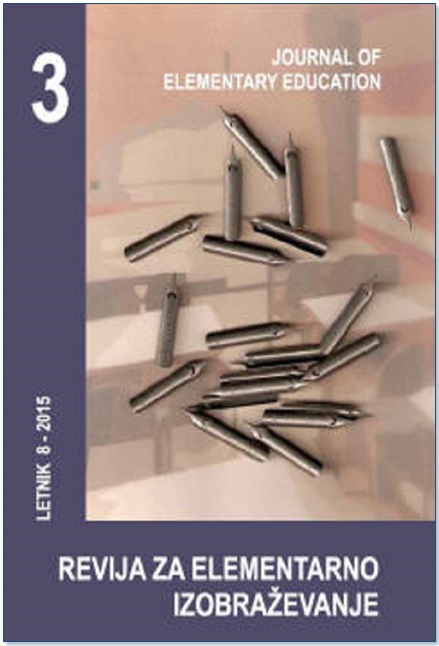Medsebojna povezanost otrok v starostno homogenih in starostno kombiniranih skupinah
Keywords:
preschool children, sociometric position, peer relations, combined age group, homogenous age groupsAbstract
Mutual Relatedness of Children in Homogeneous and in Combined Age Groups. The essential purpose of the survey was to find out if between combined and in homogeneous age groups there are differences in frequency of occurrence of individual sociometrical positions and structure of children. The research was based on non-accidental, purposive sample of five homogeneous and five combined age groups. Based on sociometric test, in the empirical part, we wished to find out if there are differences in mutual connections between homogeneous and combined age groups. The research was done over a period of two months and was based on non-accidental, purposive sample of five homogeneous and five combined age groups. We obtained the data with the help of the quantitative technique of sociometric test. The results of the research show that there are more popular and more rejected children in homogeneous age groups. These groups also have a higher index of cohesiveness and a more favourable structure of the group in comparison to combined age groups. Older children in combined age groups choose among children of similar age and younger children choose from among older children. Consequentially, the results lead to the finding that younger children are mostly overlooked; only the older children can be among the popular ones. With the analysis of the sociograms of groups we found out that in combined age groups younger children are mostly lonely.
Downloads
Downloads
Published
Issue
Section
License
Copyright (c) 2015 The Journal of Elementary Education

This work is licensed under a Creative Commons Attribution-NonCommercial-NoDerivatives 4.0 International License.
